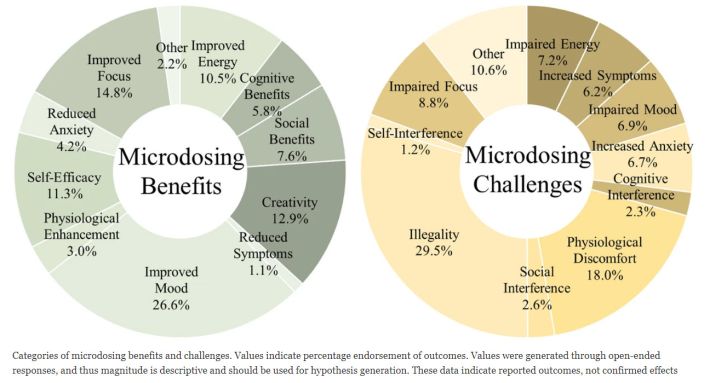- in Health and Wellness by Tony
Microdosing Psychedelics in Mental Health
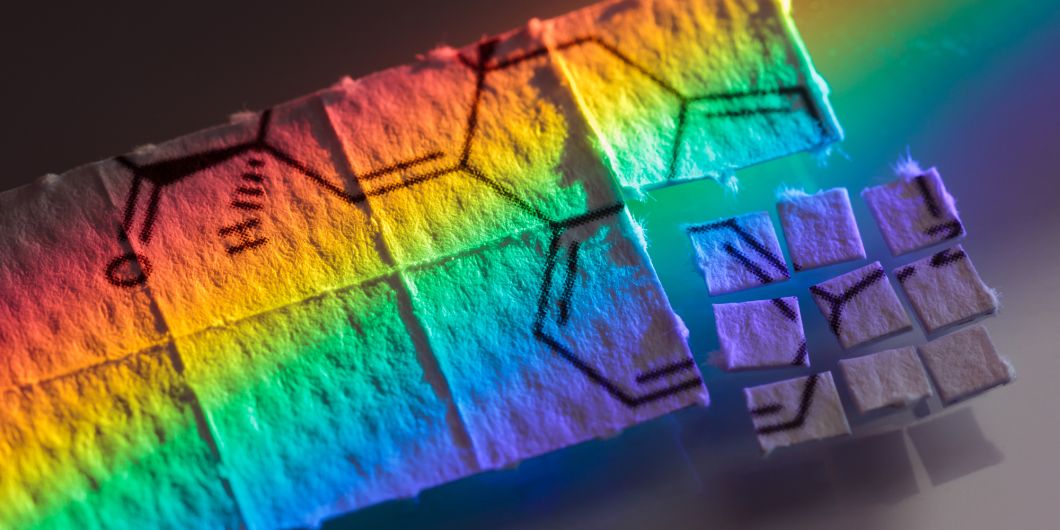
Continuing with the psychedelic theme, and the potential benefits to mental health have been covered in a previous article and podcast. The key issues were the potential therapeutic benefits, of using these compounds. After all, there was a 40-year pause on psychedelic research following the prohibition of these substances.
More...
There are some cynics, and concerns about this method, due to the unpredictability of each subject, and one size fits all isn’t available.
The drug’s potency has increased over time, and psychedelics being illegal, so there’s no quality control on supply, and some nasty contaminants, have been found within illicit street products.
There have been reports of adolescents experiencing nightmares, or flashbacks after taking psychedelics, which could be attributed to traumatic experiences during a bad psychedelic experience itself.
Psychedelic drugs may also negatively affect adolescents brain development, who are still growing, and learning to cope, with life’s challenges.
Beginning in the 1960s, scientists thought that depression, resulted from having low levels of the neurotransmitter, serotonin, in the brain. Traditional antidepressant drugs, such as selective serotonin reuptake inhibitors, worked by correcting that chemical imbalance.
But there were holes in this hypothesis. Most notably, antidepressives medication, could raise serotonin levels immediately, but symptoms of depression, typically don’t alleviate until several weeks after starting the treatment. Unfortunately, this drug had unsavoury side effects, such as "emotional blunting".
A new theory had emerged, in the early 2000s, that depression, as well as anxiety and Post-traumatic stress disorder, may stem from the loss of synapses in the brain.
It turned out that antidepressant drugs, could regrow those lost synapses — a process known as plasticity. It’s possible that by forging new connections in the brain, people can start to change negative thought patterns, and regain control, over-anxious, or depressive impulses.
The brains of Buddhist monks, and other expert meditators — people intimate with mystical experiences, — also undergo changes. There’s even research suggesting, that talk therapy works, in part, by altering patterns of brain activity.
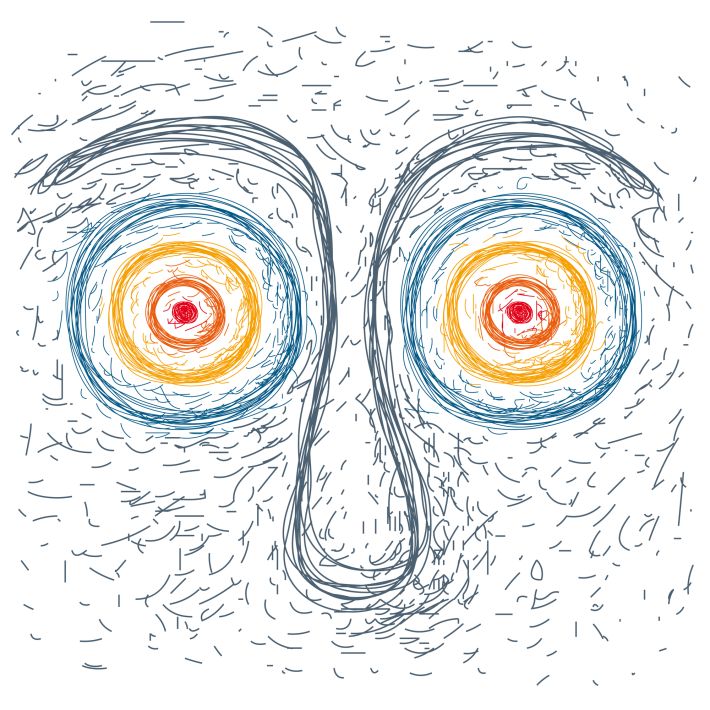
Psychedelics are thought to confer therapeutic benefits by inducing plasticity in the brain.
Micro-dosing psychedelics has long been a subject of fascination to people looking for non-traditional methods of mental health treatment. But what is micro-dosing. Could it offer an effective alternative, to traditional therapies.
This article will discuss the potential benefits and drawbacks of micro-dosing psychedelics, and how to experiment with them safely.
What Is Micro-dosing.
Microdosing involves taking small doses (often around one-tenth of a whole amount) of psychedelic drugs such as lysergic acid diethylamide, LSD or psilocybin mushrooms, over extended periods.
People who use this method report improved mental clarity, focus, creativity, and mood states. It’s often referred to as ‘micro-dosing,’ because such tiny amounts are used. Micro-dosers say the substances help them overcome emotional barriers, and increase productivity; whereas, others claim, the experience helps reduce anxiety, or depression symptoms.
In practice, only about a third of people who micro-dose, carefully measure the amount of the psychedelic they are taking; most take, just enough to begin feeling some effects, which usually start after an hour, and last four to six hours. That requires some trial, and error, mainly when eating mushrooms, which can vary in psilocybin concentration.
The most commonly reported adverse side effect of micro-dosing, is accidentally taking too much, which isn’t dangerous but can be inconvenient, if you’re at the office.
How Do People Take Psychedelics for Micro-doses.
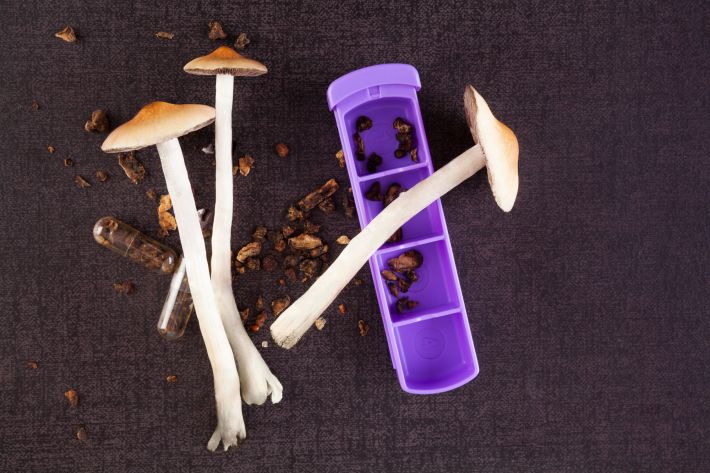
When taking psychedelics for micro-doses, you must know your source and ensure that you’re ingesting a pure form of the drug. These drugs should not be taken recreationally, in large doses; doing so can lead to acute effects, that may be unpredictable, or even dangerous.
There are concerns that tripping, may exacerbate an underlying risk for psychosis. For the safest possible experience, when using psychedelic drugs at all doses, it’s advised only to be used in carefully controlled environments, with immediate medical assistance if needed.
Are There Any Potential Risks To Consider.
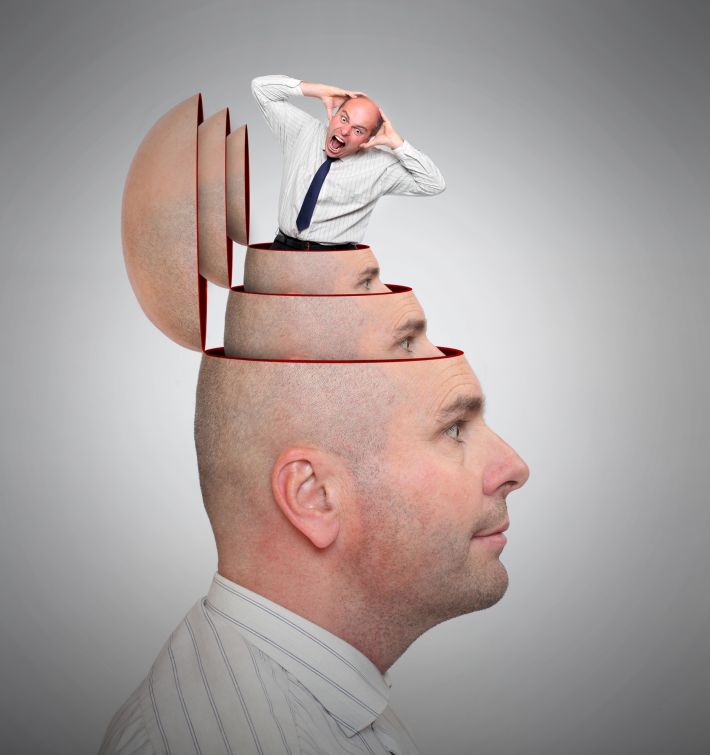
It’s important to remember that psychedelic substances, are still illegal in many parts of the world, and can have severe health impacts when taken without proper precautions, or context. While micro-dose effects, generally, tend to be milder than full-dose experiences, they are still unpredictable, and may have profound consequences, depending on one’s history, or chemistry.
Some people have reported psychological distress, from micro-dosing, so those considering dabbling, in this practice, should exercise caution. Additionally, any substance ingested, carries the risk of a possible allergic reaction, or interactions with other medications — it’s essential that anyone contemplating micro-dosing, consult their doctor first, about the potential risks involved with this practice, before attempting it themselves.
Conclusion
Micro-doses of psychedelic drugs show promise as a potential alternative therapy option for people suffering from mental health issues like depression, or anxiety.
From July 2023, specifically authorised psychiatrists in Australia will be able to prescribe MethyleneDioxy-MethamphetAmine (MDMA), commonly known as ecstasy, for post-traumatic stress disorder and psilocybin for treatment-resistant depression. This is the first country in the world to recognise MDMA and psilocybin (magic mushrooms) as medicines officially.
According to media reports, microdosing has grown in popularity, yet the scientific literature needs more research on this practice. The two most extensive placebo-controlled trials of microdosing, were published last year, and they both suggest that the benefit's people experience, are from the placebo effect.
Before experimenting, with these powerful medicines, it’s essential to understand their associated risks, and ensure they’re being taken in a safe environment, with appropriate precautions — preferably under professional guidance, from someone trained in psychedelic medicine protocols.
And finally, patients may be taken advantage of, during psychedelic-assisted psychotherapy, thus, needing rules, and independent checks, to protect these vulnerable patients.
Thank you for listening, stay safe, and knowledgable, and consult your doctor with any concerns or questions you may have on this subject.
